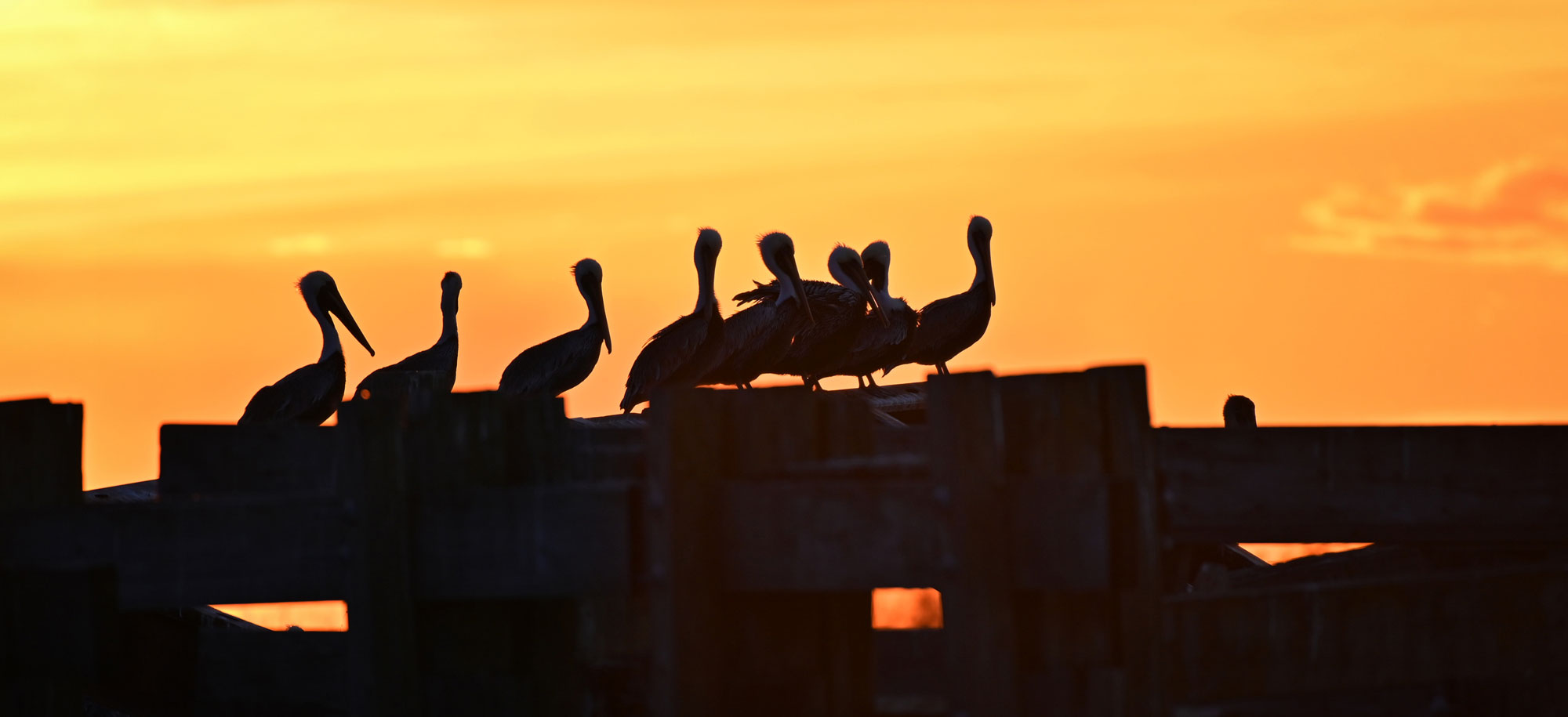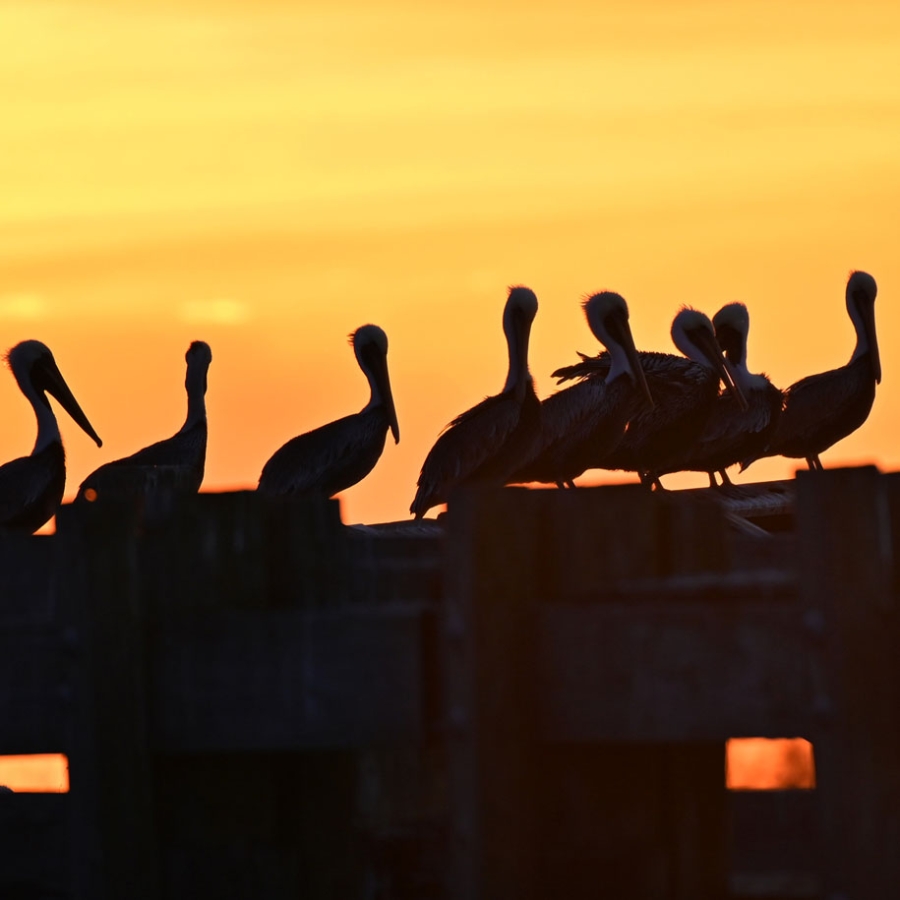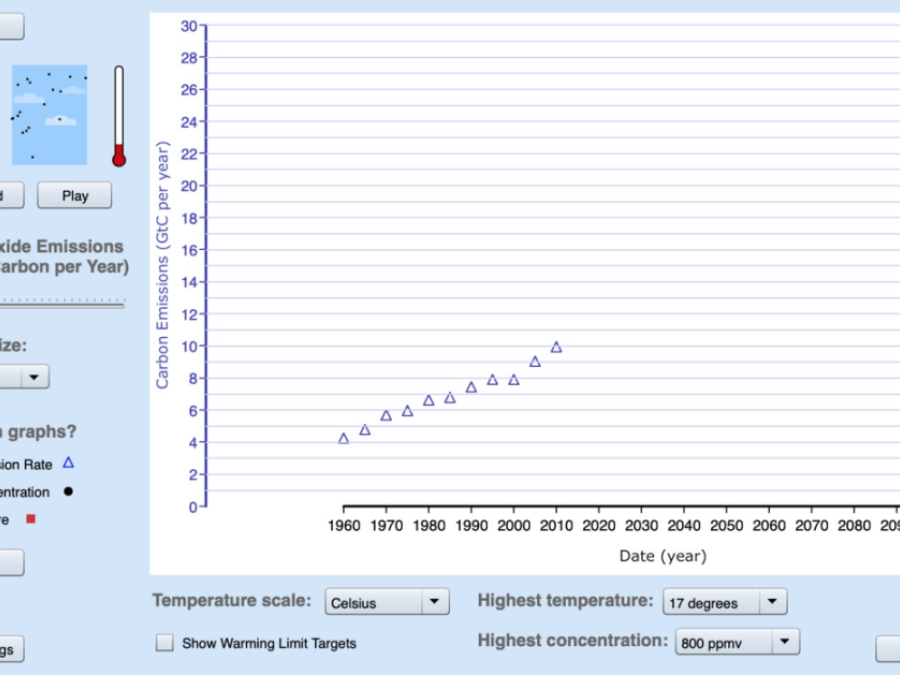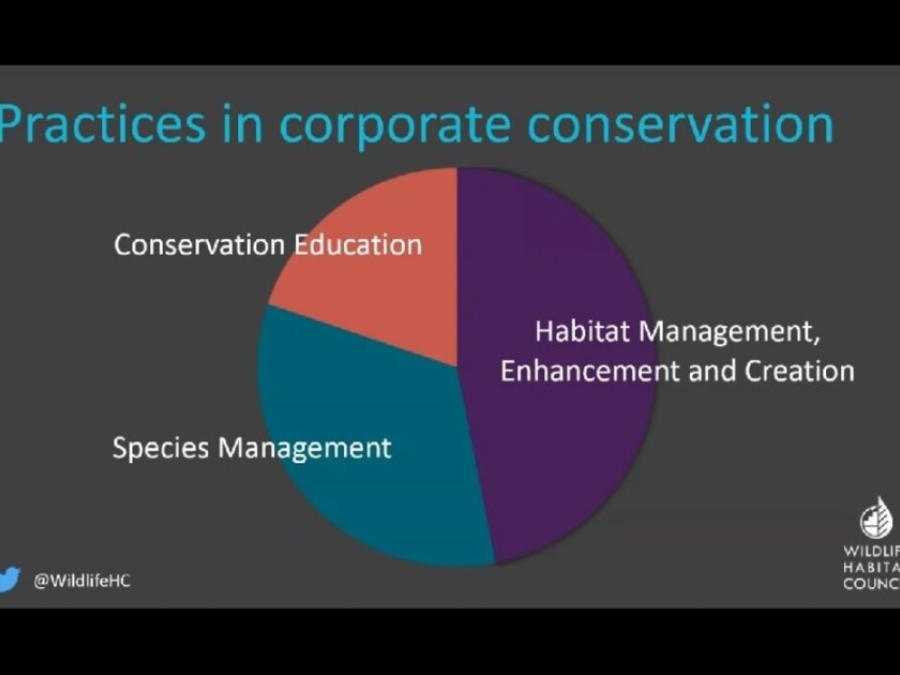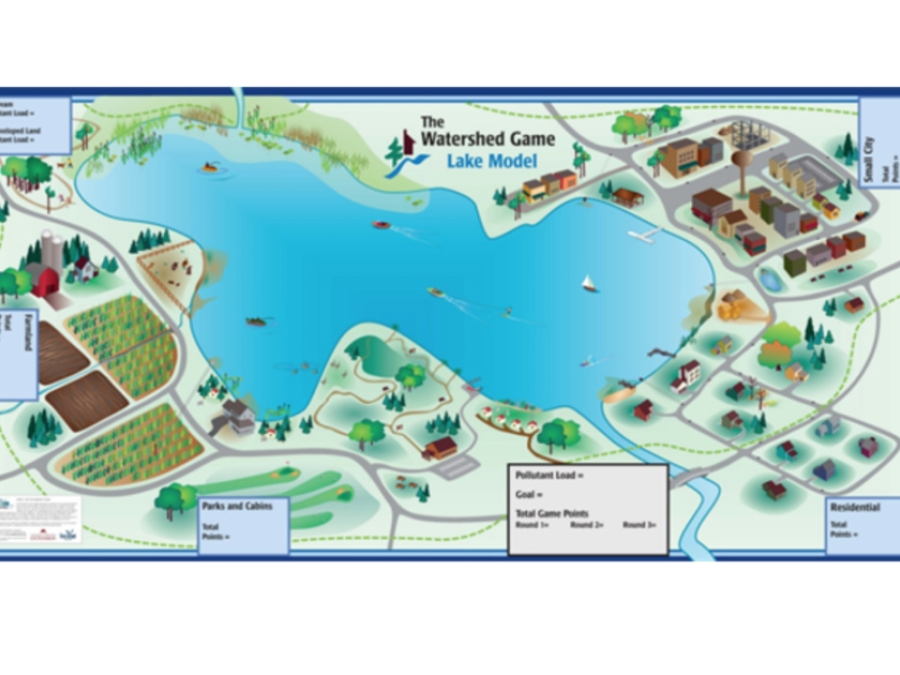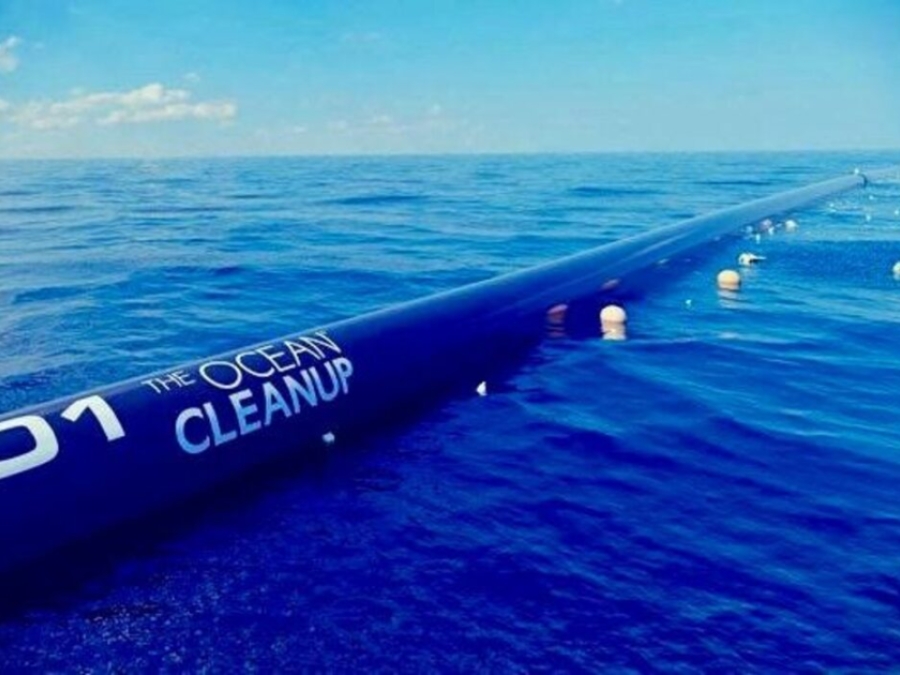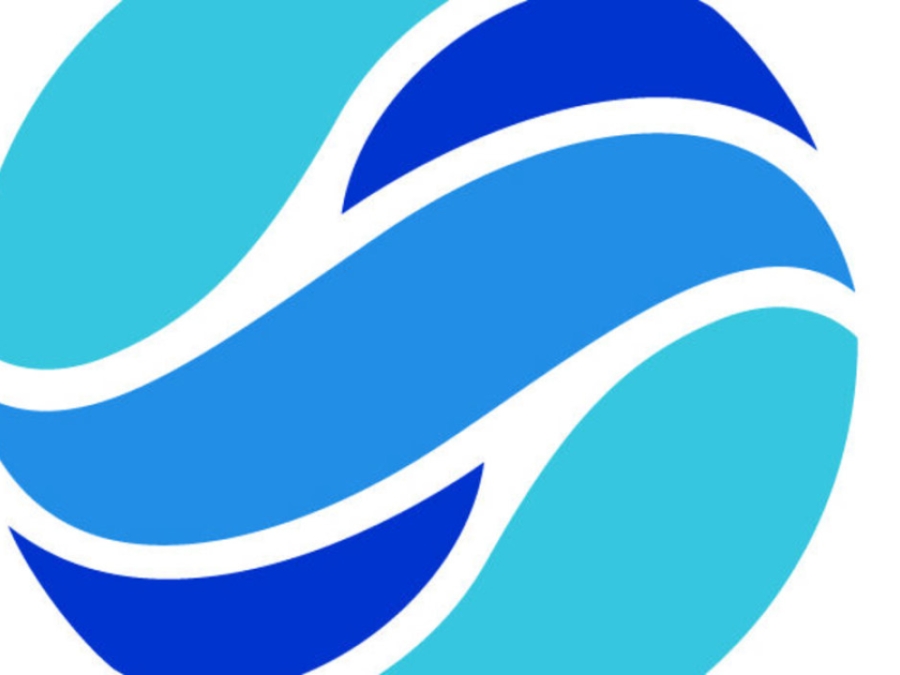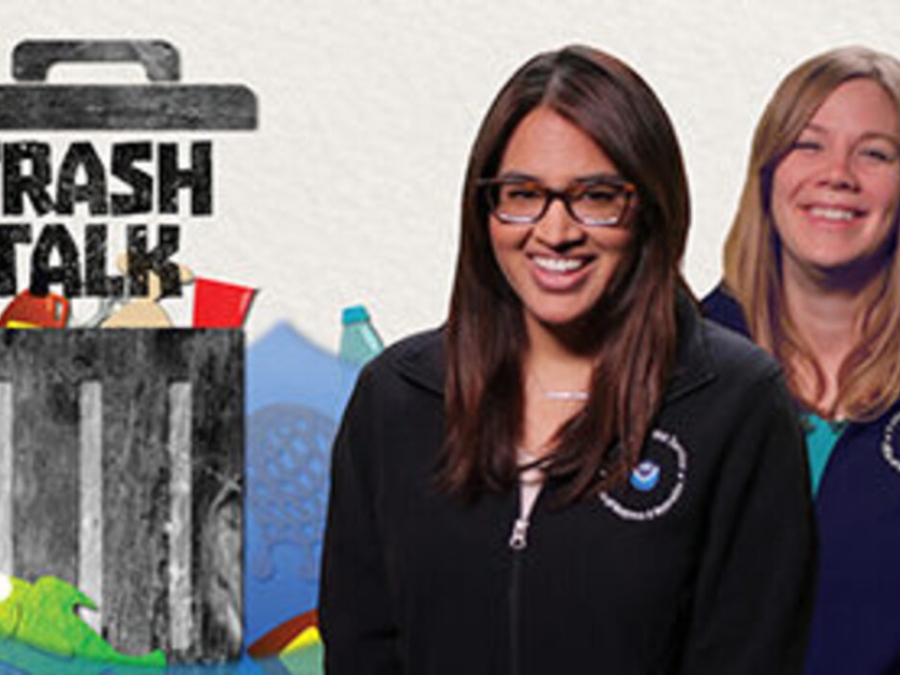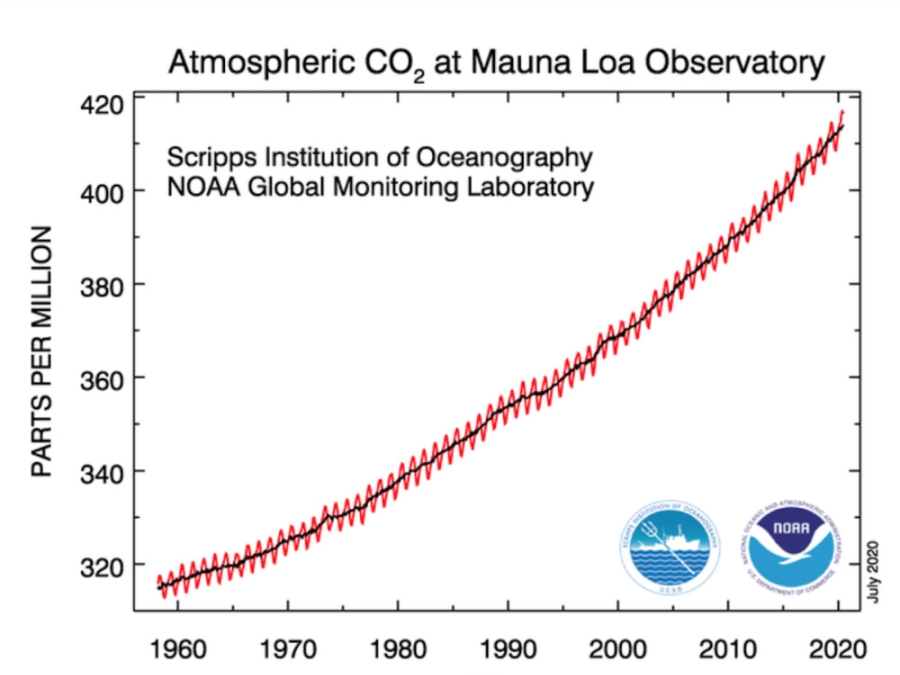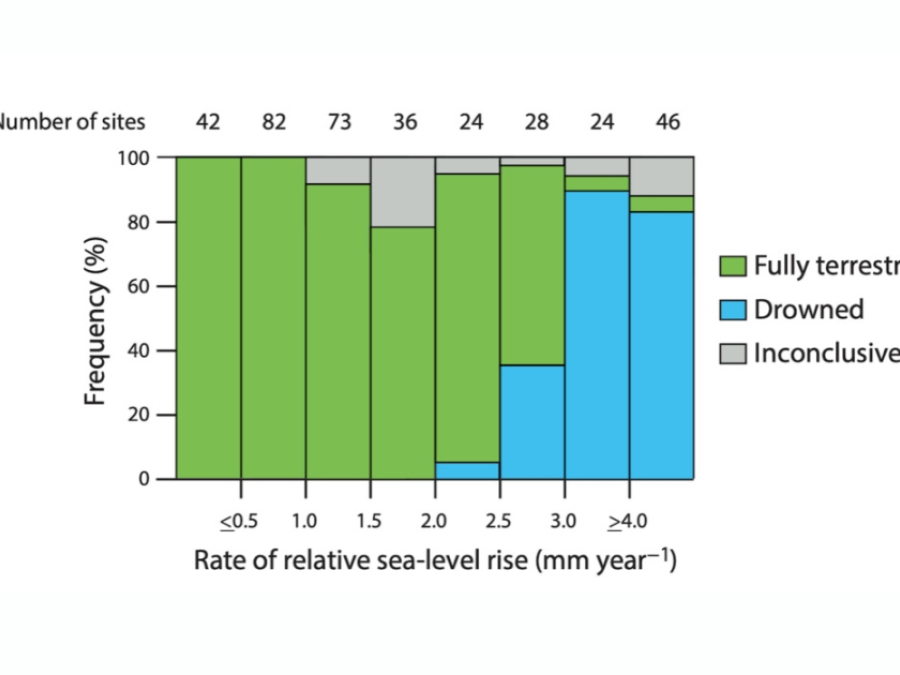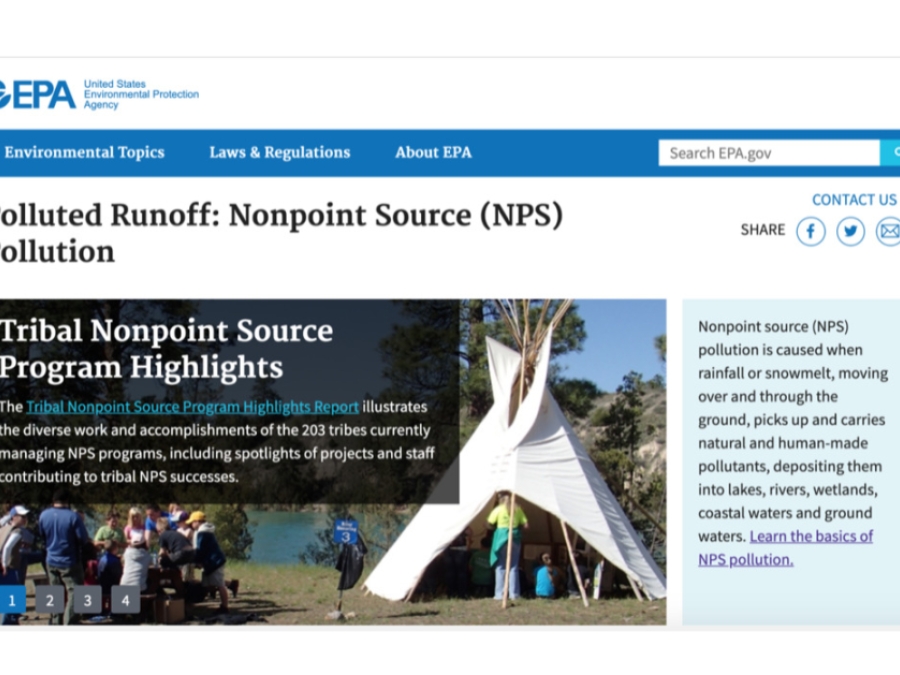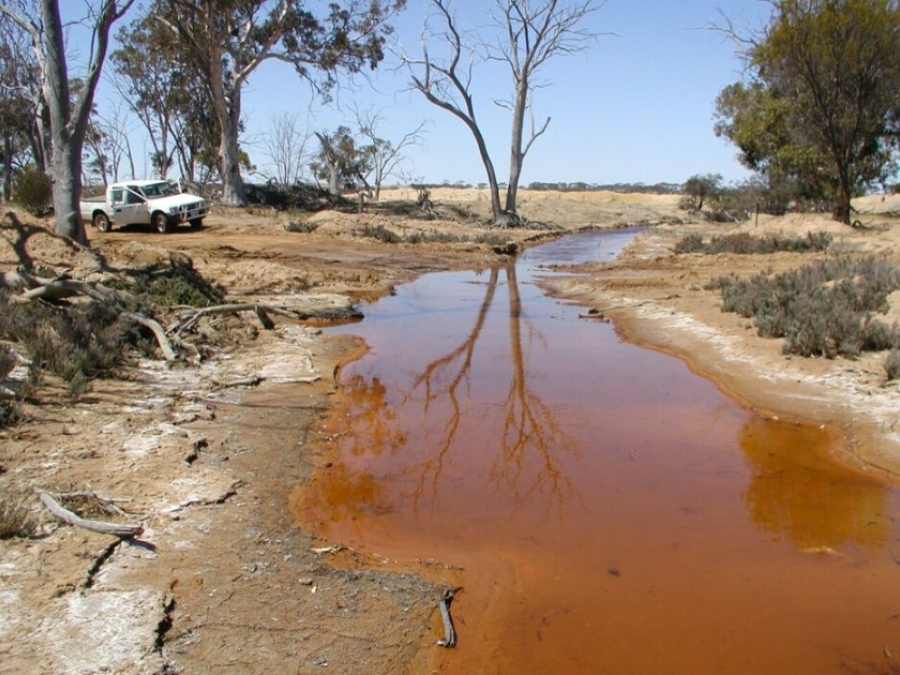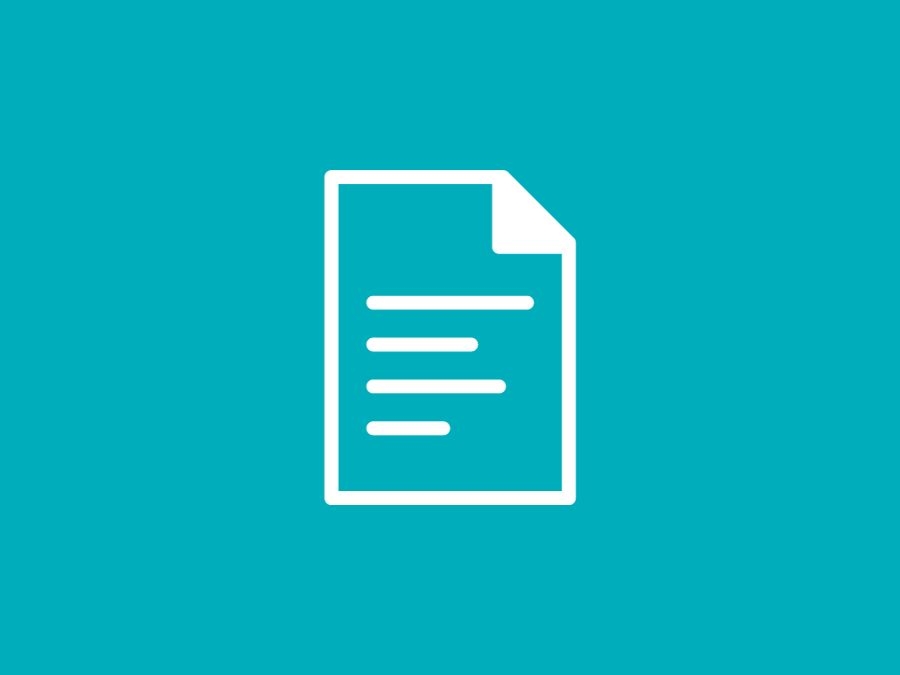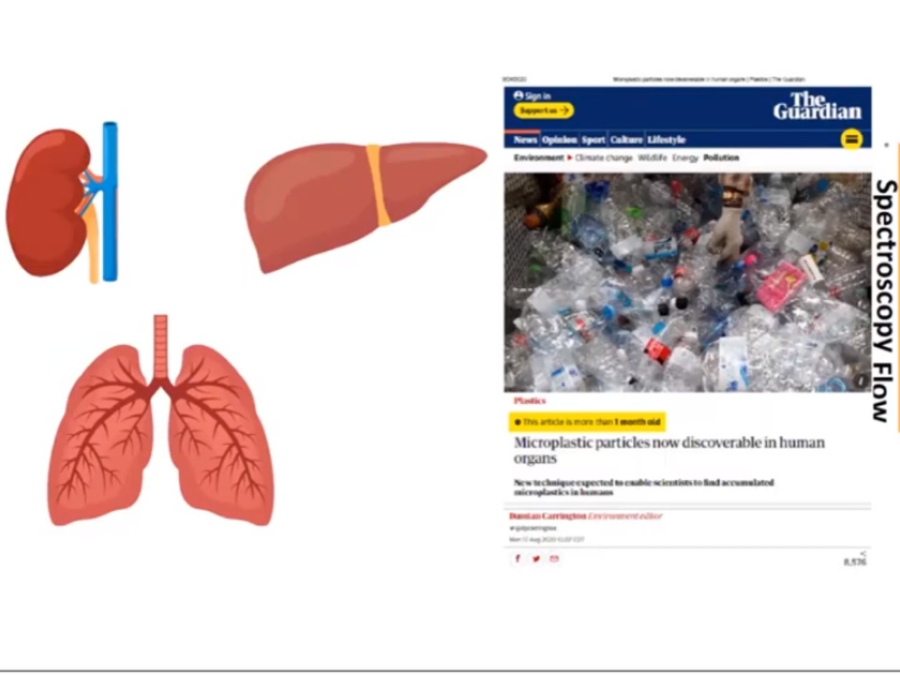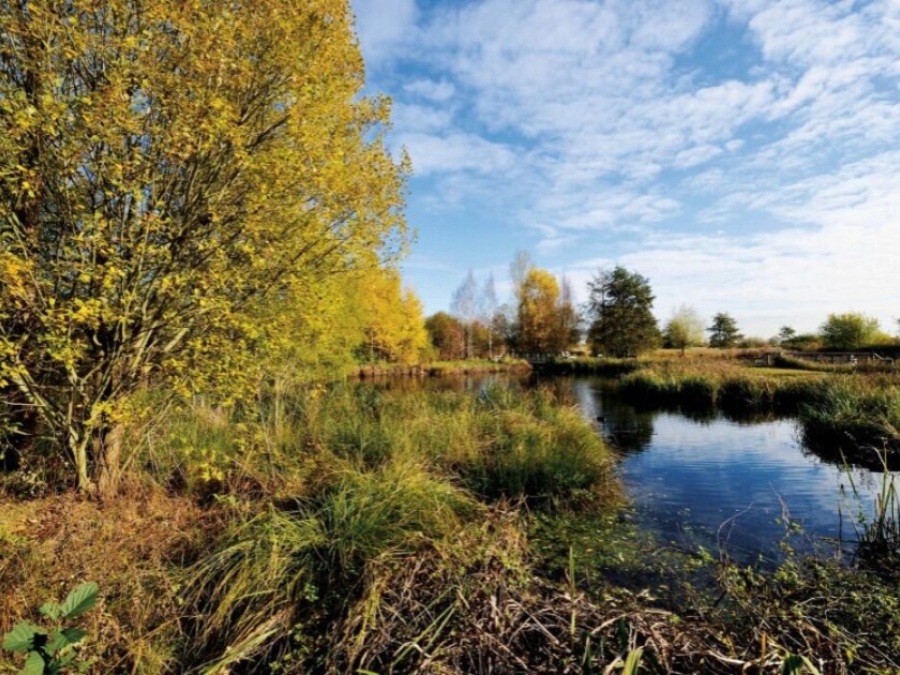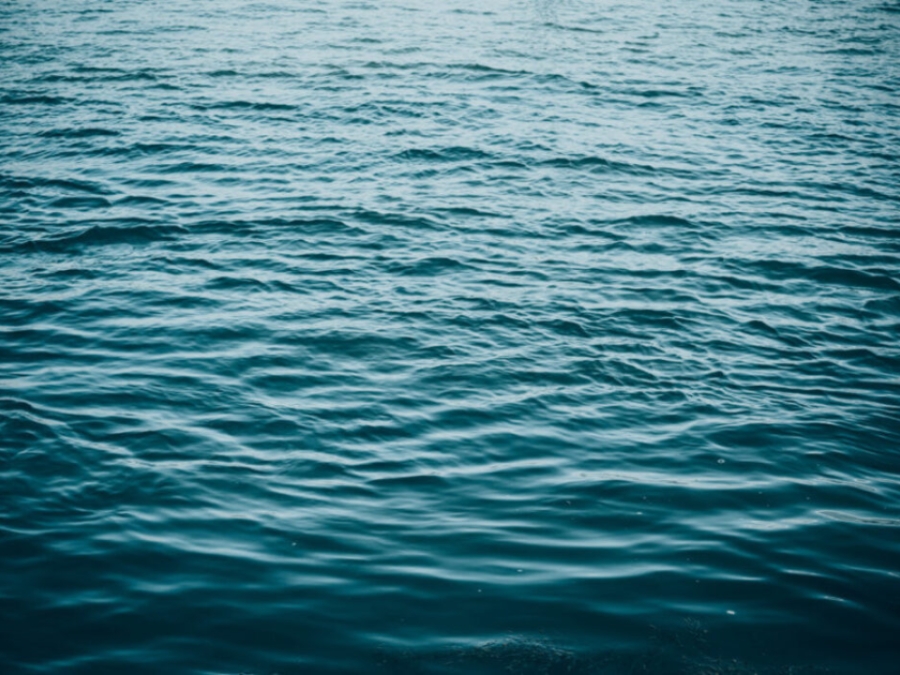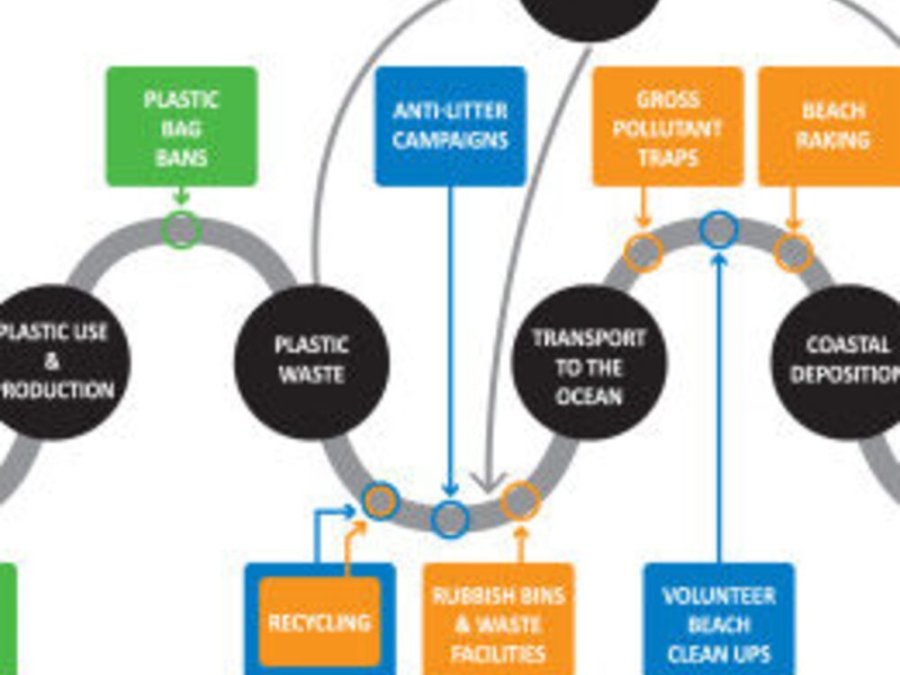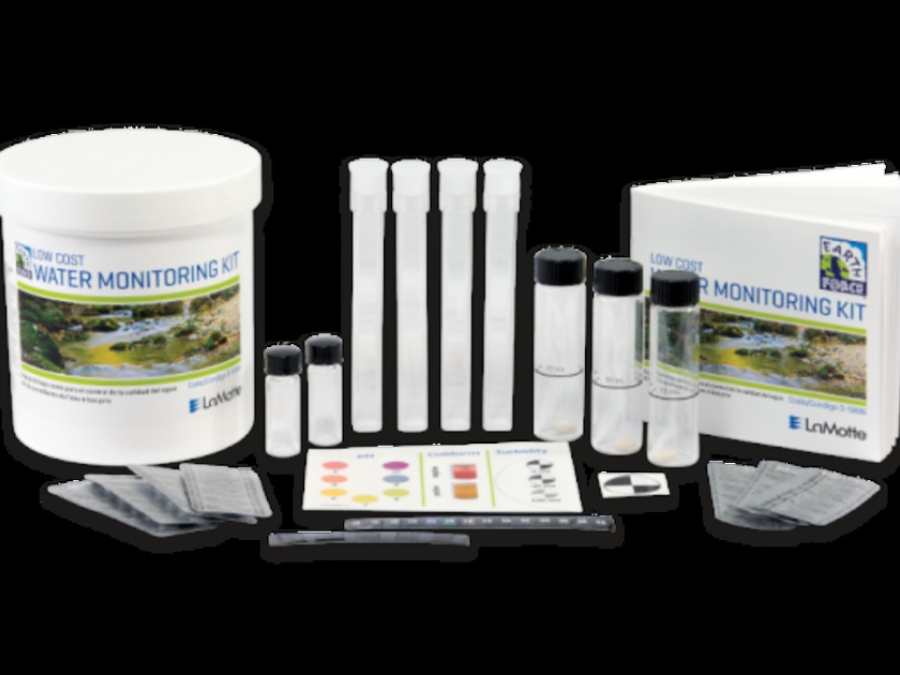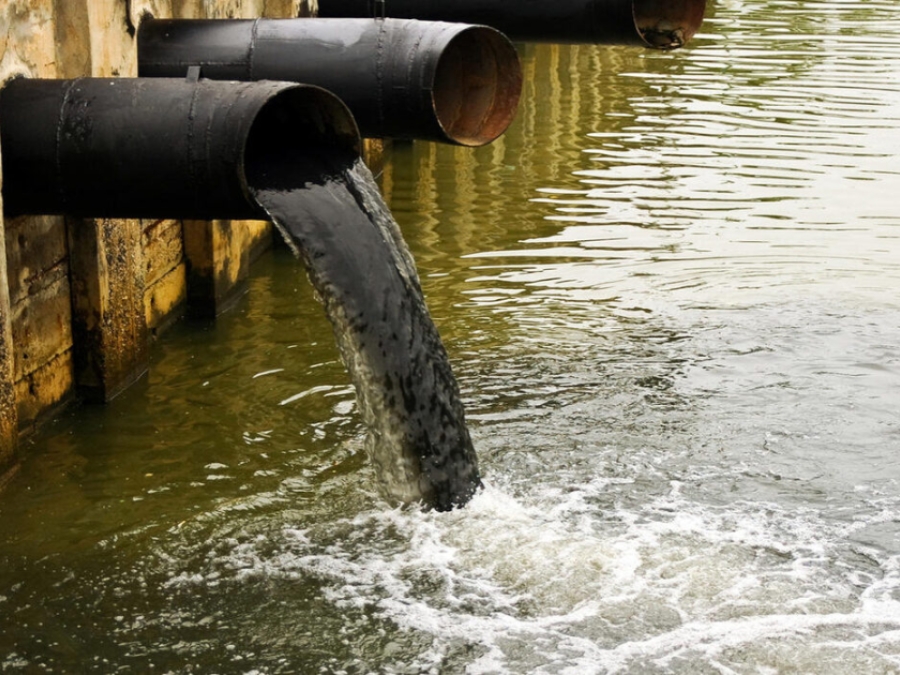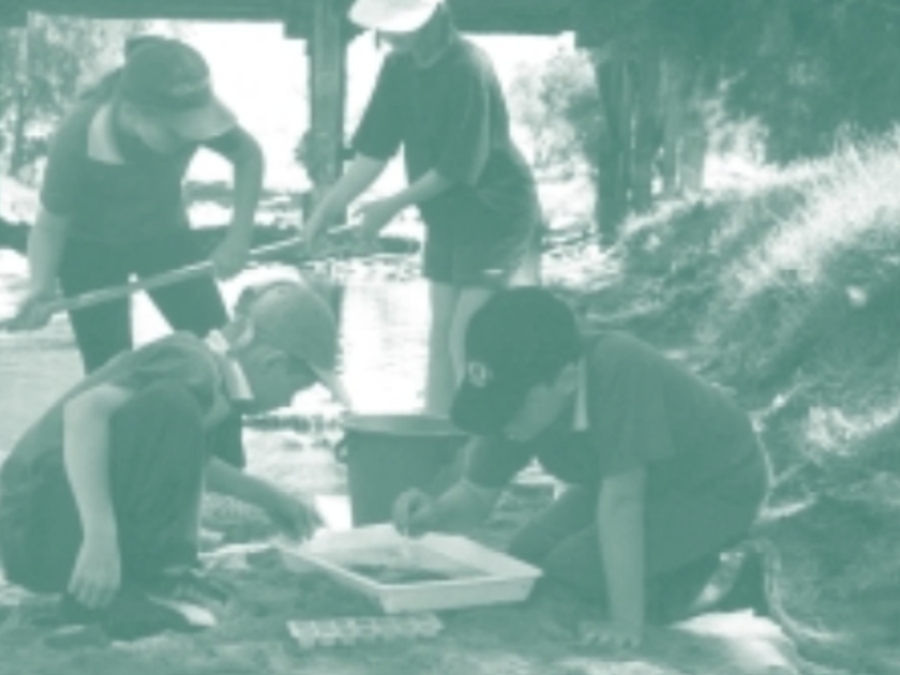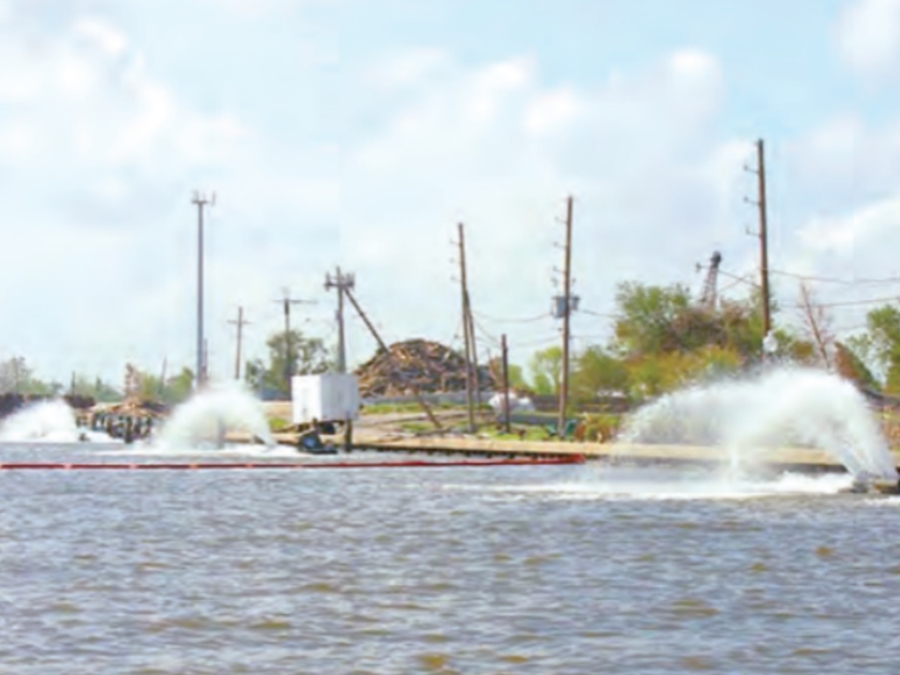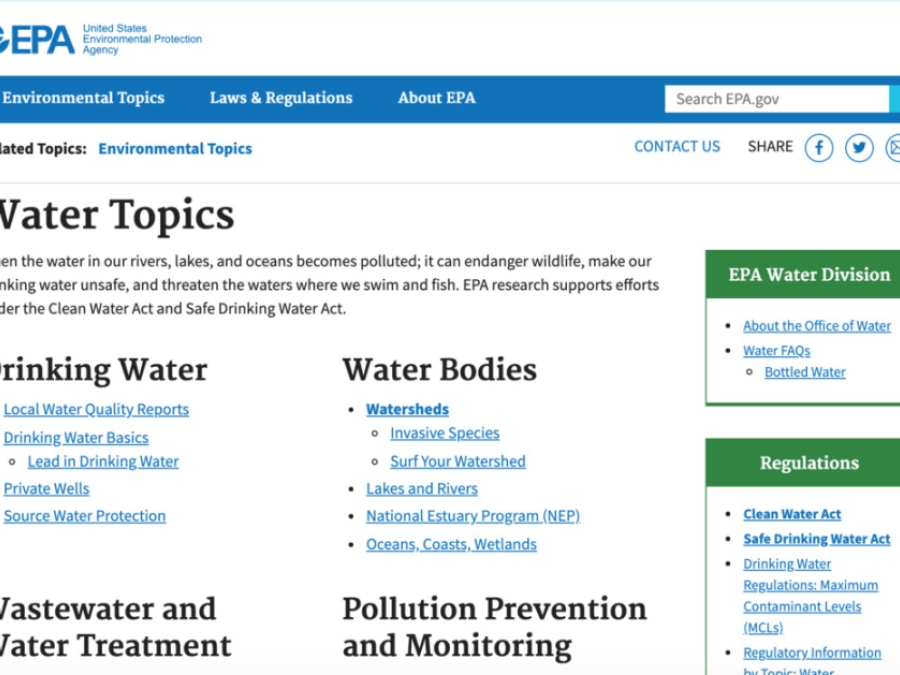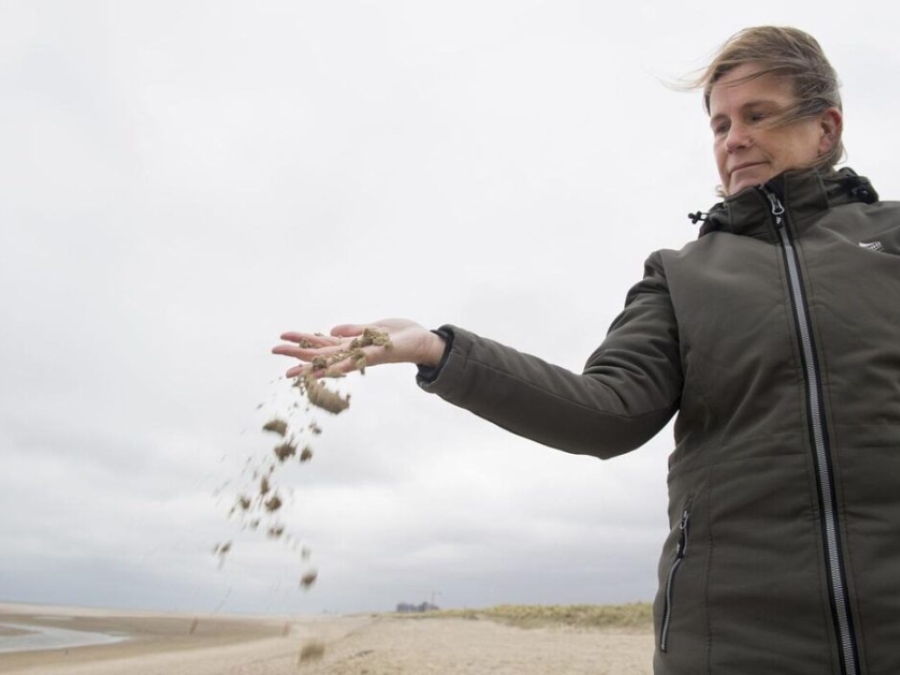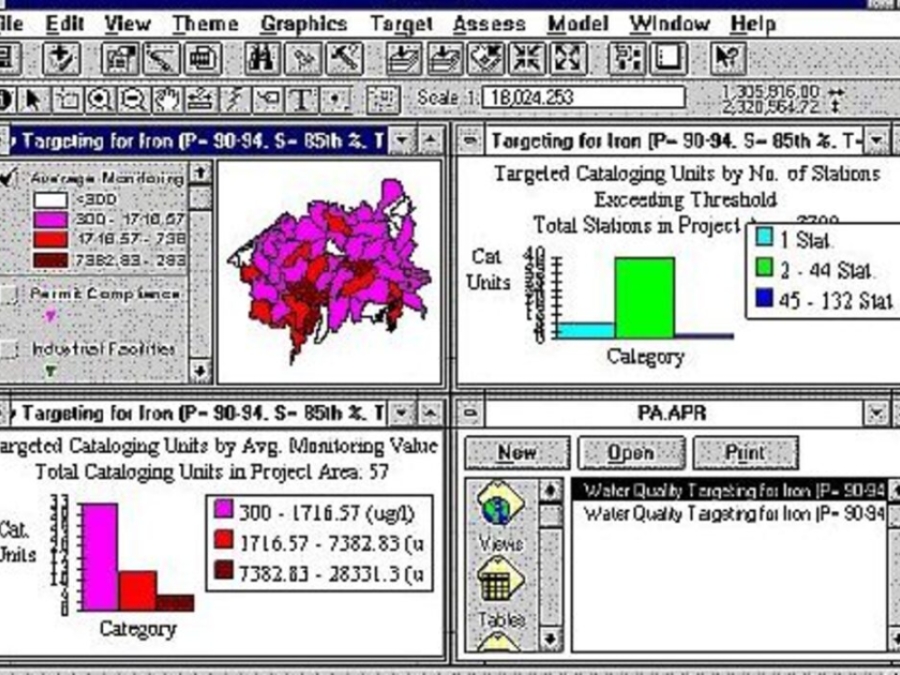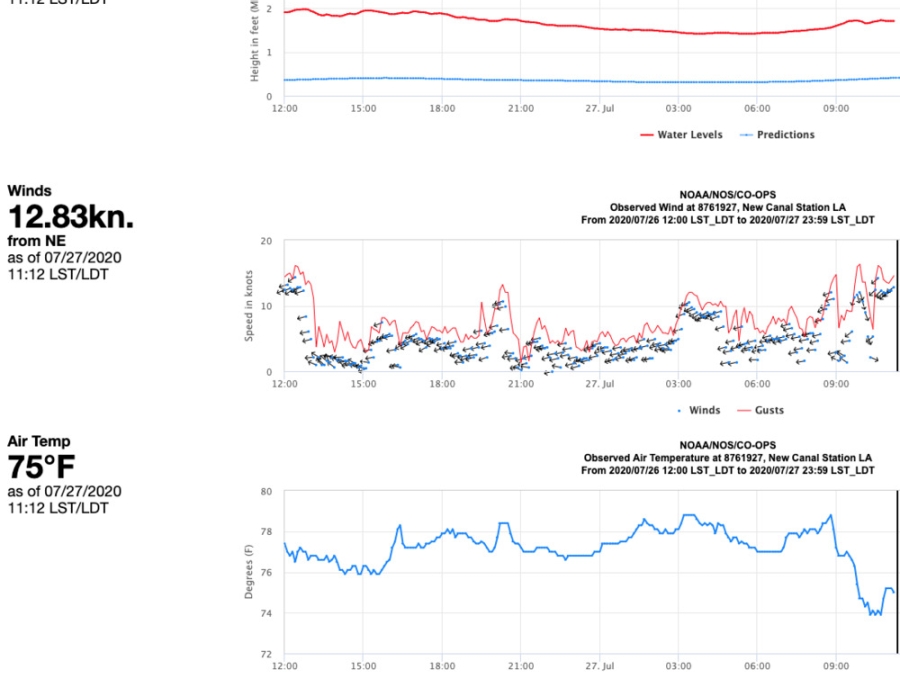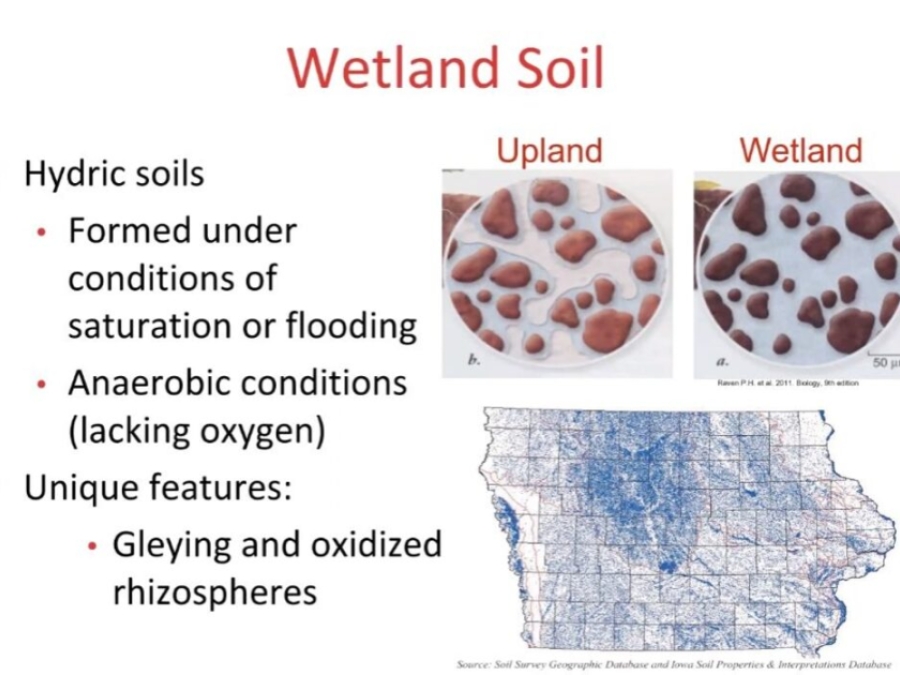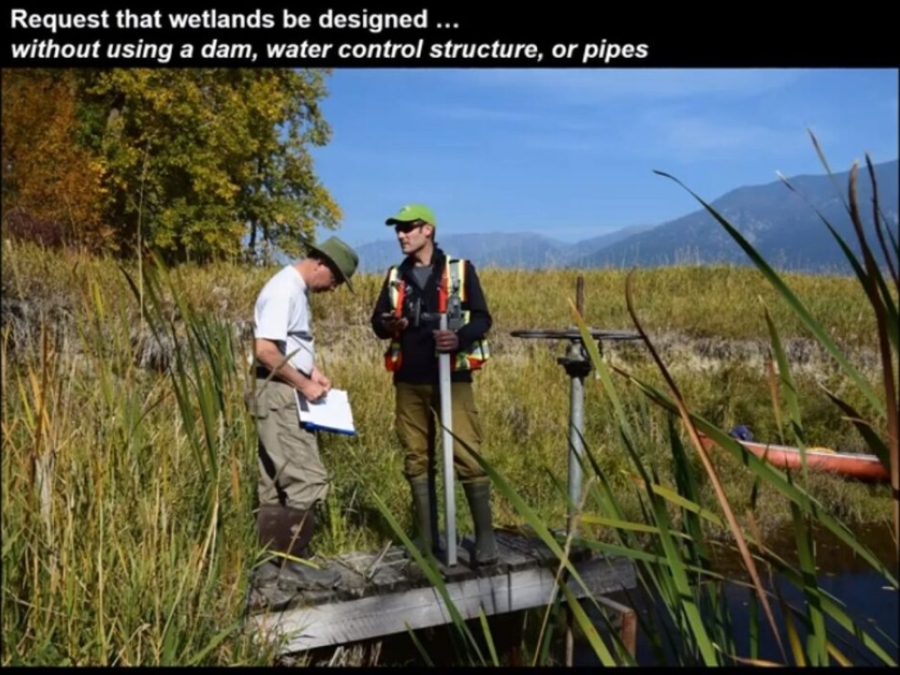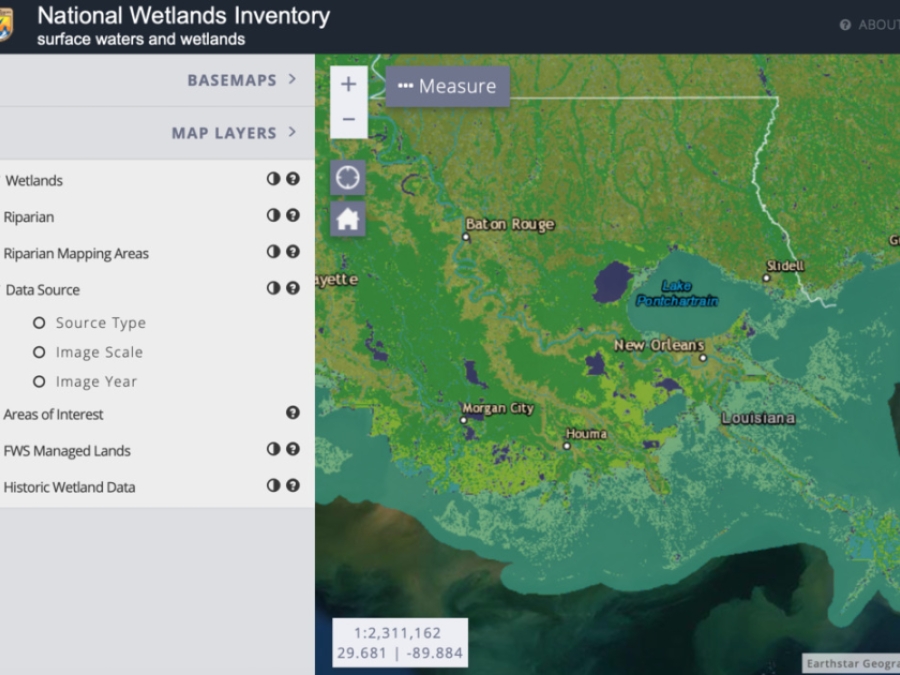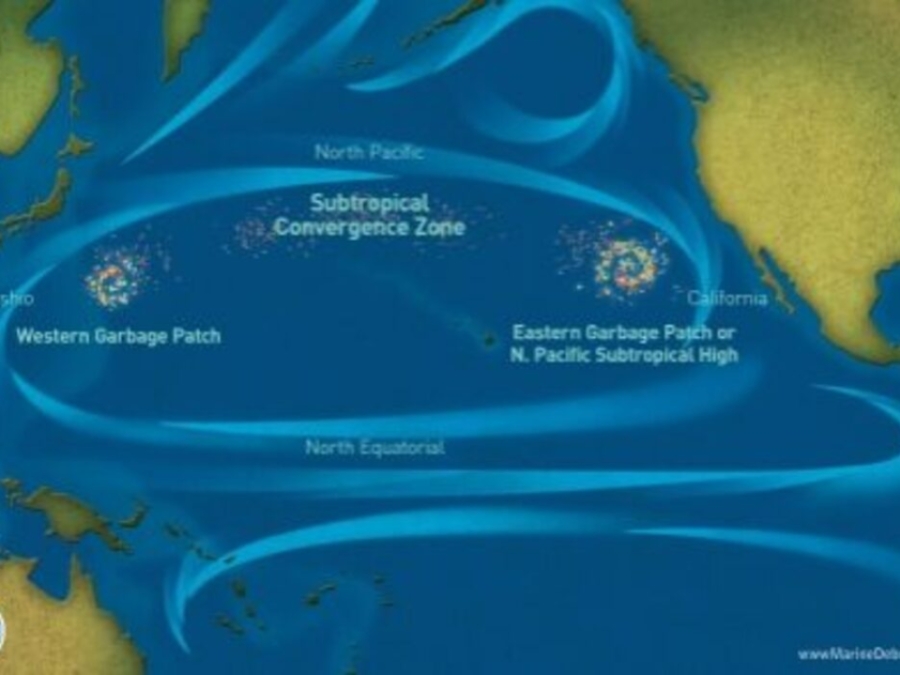Filter These Results +
The Story Of Microbeads
This 2-minute "explainer" shows how tiny plastic microbeads are designed to go down the drain and into our rivers, lakes, and oceans and we can do to stop this ridiculous assault on our public waters.
The Story Of Microfibers
Most of us wear synthetic fabrics like polyester every day. Our dress shirts, yoga pants, fleeces, and even underwear are all increasingly made of synthetic materials -- plastic, in fact. But these synthetic fabrics, from which 60% of all clothing on earth is made, have a big hidden problem: when they're washed, they release tiny plastic bits -- called microfibers -- that flow down our drains, through water treatment plants, and out into our rivers, lakes and oceans by the billions.
The Very, Very Simple Climate Model
You can use [this model] to explore how the rate of carbon dioxide emissions affects the amount of CO2 in the atmosphere and Earth's climate. You can also explore scenarios for future climate using the model with more detailed instructions.
The Vital Of Business In Biodiversity Building The Case For Corporate Conservation
In today's competitive landscape, engaging in corporate conservation is emerging as an innovative approach to meet both business and environmental needs. Indeed, corporate spending on sustainability and circular economy initiatives is on the rise - and yielding increased sales and cost savings. Demonstrating leadership in corporate conservation is crucial to meeting sustainability goals and achieving stakeholder collaboration.
The Watershed Game
The Watershed Game is an interactive, educational tool that helps individuals understand the connection between land use and water quality. Participants learn how a variety of land uses impact water and natural resources, increase their knowledge of best management practices (BMPs), and learn how their choices can prevent adverse impacts. Participants apply the tools of plans, practices, and policies that help them achieve clean water goals for protection and restoration while providing for community growth.
The World's Largest Ocean Cleanup Has Officially Begun
Ambitious dreams have now become a reality as the Ocean Cleanup deploys its $20 million system designed to clean up the 1.8 trillion pieces of trash floating in the Great Pacific Garbage Patch. Check out another Forbes piece on how Ocean Cleanup aims to reuse and recycle the ocean plastic. The floating boom system was deployed on Saturday from San Francisco Bay and will undergo several weeks of testing before being hauled into action. The system was designed by the nonprofit Ocean Cleanup, which was founded in 2013 by 18-year-old Dutch inventor Boyan Slat.
Thermal Water Pollution From Nuclear Power Plants
The most common argument for the use of nuclear power over power from conventional fossil fuels is the diminished environmental impact that nuclear power promises. While nuclear fission reactions do not directly produce greenhouse gases like fossil fuel combustion, power plants affect the environment in a myriad of ways. In order to elucidate a clearer environmental impact comparison between all power generation methods, including renewables, less obvious environmental effects must be adequately assessed. For example, both nuclear and fossil fuel plants produce significant thermal pollution to bodies of water. Thermal water pollution is the degradation of water quality due to a change in ambient water temperature.
Tiny Phoenix, Louisiana, Make A Stand Against Sea-Level Rise
After [Hurricane Katrina], community members formed a faith-based nonprofit called the Zion Travelers Cooperative Center. Their work began as a grassroots recovery effort, with neighbors helping neighbors gut houses and remove debris, to prepare for rebuilding. Today, the group's work continues. They educate residents about climate change and how rising seas and increasingly intense storms threaten the area. And members advocate for solutions that could help protect them, including wetlands restoration and stronger levees.
Trash Free Seas
A marine debris education partnership between Ocean Conservancy and the NOAA Marine Debris Program. It was developed as a means to educate the next generation about ocean trash and, most importantly, how we all can prevent it.
Trash Talk
Featuring NOAA Marine Debris Program Educational Specialist Leah Henry, this fun and informative ten minute webinar provides a quick demonstration of hands on activities you can easily offer after you show the TRASH TALK special feature for your World Ocean Day event.
Trash Talk: What Is The Greatest Pastific Garbage Patch?
Help keep our ocean clean while participating in citizen science! Learn how to use the Marine Debris Tracker app to collect trash, log it, and track it.
Trash Trip With The Marine Debris Tracker
Help keep our ocean clean while participating in citizen science! Learn how to use the Marine Debris Tracker app to collect trash, log it, and track it.
Trends In Atmospheric Carbon Dioxide
The graphs show monthly mean carbon dioxide measured at Mauna Loa Observatory, Hawaii. The carbon dioxide data (red curve), measured as the mole fraction in dry air, on Mauna Loa constitute the longest record of direct measurements of CO2 in the atmosphere.
Tripping Points Of Mississippi Delta Marshes Due To Accelerated Sea-Level Rise
Coastal marshes are threatened by relative sea-level (RSL) rise, yet recent studies predict marsh survival even under the high rates of RSL rise expected later in this century. However, because these studies are mostly based on short-term records, uncertainty persists about the longer-term vulnerability of coastal marshes. We present an 8500-year-long marsh record from the Mississippi Delta, showing that at rates of RSL rise exceeding 6 to 9 mm year?1, marsh conversion into open water occurs in about 50 years. At rates of RSL rise exceeding ~3 mm year?1, marsh drowning occurs within a few centuries. Because present-day rates of global sea-level rise already surpass this rate, submergence of the remaining ~15,000 km2 of marshland in coastal Louisiana is probably inevitable.
Types Of Pollutants That Affect Water Quality
Almost anyone or anything is a potential source of pollutants. So water quality experts group sources into two main categories of pollutants point sources and non-point sources. Homes, industries, wildlife, recreation, and transportation all depend on clean sources of water. Everyone uses it, needs it, and many of us take it for granted. These videos examine the ways water is used, profiles types of pollution, and presents a variety of perspectives on the issue of water quality. What are the biggest threats to water quality in your area?
Types Of Wetlands
Wetlands are transitional lands between lands and other bodies of water. There are four main types of wetlands: Marsh, Swamp, Fen, and Bog.
U.S. Epa: Polluted Runoff
Nonpoint source (NPS) pollution is caused when rainfall or snowmelt, moving over and through the ground, picks up and carries natural and human-made pollutants, depositing them into lakes, rivers, wetlands, coastal waters and ground waters. Learn the basics of NPS pollution.
Understanding Salinity
Changes in landuse, seasonal variations in our weather and longer-term changes to climate can all affect surface water, groundwater, the flows between them, and the amounts of salt that they contain. The term "salinity" refers to the concentrations of salts in water or soils. Salinity can take three forms, classified by their causes: primary salinity (also called natural salinity); secondary salinity (also called dryland salinity), and tertiary salinity (also called irrigation salinity).
Understanding Sea Level
Scientists know that sea level is rising, and that we experience some of these impacts as more frequent and intense storm surge and coastal flooding events. Using data from NOAA's satellites and coastal stations, you will do the analysis to see sea level changing.
Underwater Gardener
This activity guide introduces the topic of Underwater gardening, allowing you to explore ways to plant seagrass.
Unseen:; Microplastic Research & Solutions
During our October 27 webinar, we discussed what the newest research is revealing about the pervasiveness and dangers of microplastics, and highlighted ways to reduce your exposure to microplastics as well as how to support legislation and policy change to make an impact.
Urban Wetlands
Recently the possibilities for creating wetlands in and around towns and cities have been given more attention, following the disappearance in recent decades of large stretches of wet nature, and thus also natural buffers, as a result of urban expansions and land drainage. Wetlands are created to buffer some of the run-off from precipitation and slow the rate at which it drains away. This is a new approach compared with rapid drainage systems using ditches and pipes. Another benefit of wetlands is that biological pollutants are eliminated by plant life and settle in the sediment, which significantly improves the quality of the run-off.
Using Sediment Enhancement To Build Tidal Marsh Resiliency
Located in Maryland, USA, Blackwater National Wildlife Refuge is part of the largest area of tidal marsh within the Chesapeake Bay watershed, and is of regional ecological significance for its wetlands and for the wildlife populations it supports. However, over 5,000 acres of tidal marsh have converted to open water on the refuge since 1938... In December 2016, 26,000 cubic yards of sediment was pumped in a thin-layer application over approximately 40 acres of tidal marsh on the refuge. The purpose of this project is to raise the elevation of the existing marsh platform.
Using Sediment Enhancing To Build Tidal Marsh Resiliency On Blackwater National Wildlife Refuge
"Located in Maryland, USA, Blackwater National Wildlife Refuge is part of the largest area of tidal marsh within the Chesapeake Bay watershed, and is of regional ecological significance for its wetlands and for the wildlife populations it supports. However, over 5,000 acres of tidal marsh have converted to open water on the refuge since 1938... In December 2016, 26,000 cubic yards of sediment was pumped in a thin-layer application over approximately 40 acres of tidal marsh on the refuge. The purpose of this project is to raise the elevation of the existing marsh platform."
Using Sediment Enhancing To Build Tidal Marsh Resiliency On Blackwater National Wildlife Refuge
"Located in Maryland, USA, Blackwater National Wildlife Refuge is part of the largest area of tidal marsh within the Chesapeake Bay watershed, and is of regional ecological significance for its wetlands and for the wildlife populations it supports. However, over 5,000 acres of tidal marsh have converted to open water on the refuge since 1938... In December 2016, 26,000 cubic yards of sediment was pumped in a thin-layer application over approximately 40 acres of tidal marsh on the refuge. The purpose of this project is to raise the elevation of the existing marsh platform."
Valuing Wetlands
Wetlands play an important role in the lives of animals, plants, and humans. However, they are often overlooked and understudied. To learn more about the services provided by wetlands, our biologists joined up with a group of multidisciplinary researchers which included NGOs, universities, and masters students to research wetlands in Cambodia and Vietnam.
Vital Signs: The Five Basic Water Quality Parameters
The five following parameters are basic to life within aquatic systems. Impairments of these can be observed as impacts to the flora and or fauna with a given waterbody. [Dissolved oxygen] is the amount of oxygen dissolved in water. Most aquatic organisms need oxygen to survive and grow. Some species require high DO such as trout and stoneflies. Other species, like catfish, worms and dragonflies, do not require high DO.
Waiting To Move
In this lesson, students view a photo essay which documents an island in Alaska impacted by climate change and discuss connections between community, traditions, and place.
Waste Abatement Campaign Success
Plastic production is increasing globally and in turn there is a rise of plastic waste lost into the coastal and marine environment. To combat this issue, there is an increase in policies that target specific types of plastic waste (such as microbeads and plastic shopping bags). Given that such anthropogenic waste have environmental impacts, reduce the tourism income of an area and result in human health issues, identifying effective abatement policies is imperative to reducing waste and litter before it enters the ocean.
Watch This Modern Technology Remove Millions Of Plastic From The Ocean
The Ocean Cleanup's System 001/B has successfully captured 60 1-cubic-meter bags of plastic from the Great Pacific garbage patch and returned it safely to Vancouver, British Columbia, where the organization held a press conference today to discuss its plans to develop the plastic into reusable products. We spoke with CEO Boyan Slat about what needs to be done next.
Water Monitoring Kit (Low Cost)
Students will have fun analyzing sample water for eight different test factors: pH, dissolved oxygen, biochemical oxygen demand, temperature, turbidity, nitrate, phosphate, and coliform bacteria. This complete kit includes a manual with step-by-step, diagrammed instructions; an easy-to-use laminated color chart, and all the necessary apparatus and non-hazardous TesTabs to test ten water samples (three samples for coliform).
Water Monitoring Kit (Low Cost)
Students will have fun analyzing sample water for eight different test factors: pH, dissolved oxygen, biochemical oxygen demand, temperature, turbidity, nitrate, phosphate, and coliform bacteria. This complete kit includes a manual with step-by-step, diagrammed instructions; an easy-to-use laminated color chart, and all the necessary apparatus and non-hazardous TesTabs to test ten water samples (three samples for coliform).
Water Pollution: Everything You Need To Know
This widespread problem of water pollution is jeopardizing our health. Unsafe water kills more people each year than war and all other forms of violence combined. Meanwhile, our drinkable water sources are finite: Less than 1 percent of the earth's freshwater is actually accessible to us. Without action, the challenges will only increase by 2050, when global demand for freshwater is expected to be one-third greater than it is now. Still, we're not hopeless against the threat to clean water. To better understand the problem and what we can do about it, here's an overview of what water pollution is, what causes it, and how we can protect ourselves.
Water Quality And Macroinvertebrates
Streams, rivers, wetlands and lakes are home for many small animals called macroinvertebrates. These animals generally include insects, crustaceans, molluscs, arachnids and annelids. The term macroinvertebrate describes those animals that have no backbone and can be seen with the naked eye. Some aquatic macroinvertebrates can be quite large, such as freshwater crayfish, however, most are very small. Invertebrates that are retained on a 0.25mm mesh net are generally termed macroinvertebrates. These animals live in the water for all or part of their lives, so their survival is related to the water quality.
Water Quality Degredation In The Ocean
Students investigate causes of water quality degradation and analyze the relationship between harmful algal blooms, toxic algae, and dead zones. They explore water quality "success stories" and actions to improve water quality.
Water Quality Of Lake Pontchartrain And Outlets To The Gulf Of Mexico Following Hurricanes Katrina And Rita
Water-quality samples collected from drainage canals, from Lake Pontchartrain, La., and from flood waters contained contaminants typically found in waters influenced by urban runoff. Pesticides and wastewater compounds were detected in all water samples, but none exceeded U.S. Environmental Protection Agency (EPA) drinking water or aquatic life criteria. Although metals were detected in all samples, copper, nickel, and silver occurred in concentrations greater than water-quality criteria for salt water. Salinity levels in the freshwater marshes south of New Orleans were typical of Gulf of Mexico waters for an extended period of time, and levels did not return to prehurricane levels until February 2006.
Water Topics
When the water in our rivers, lakes, and oceans becomes polluted; it can endanger wildlife, make our drinking water unsafe, and threaten the waters where we swim and fish. EPA research supports efforts under the Clean Water Act and Safe Drinking Water Act.
Water Ways: How The Dutch Are Building Coastal Protection For Less- With Nature's Help
The Sand Motor is a nature-based alternative to the Netherlands' famed network of walls, levees and sea gates, and much cheaper than the vast, multimillion-dollar beach rebuilds Louisiana is undertaking along its sandy barrier islands and rapidly deteriorating coastline. Where Louisiana's projects seek to re-create almost precisely what was lost, the Dutch simply pile the sand in a strategic location where it will be pushed naturally into places where it will still provide protection. The method is slow - so it lasts longer - and it's much cheaper.
Watershed Modeling
This module has three main purposes. It should help you to: (1) Understand when and how modeling can contribute to watershed assessment. (2) Learn approaches and tools that are useful for watershed modeling. Note that the requirements of watershed assessment can necessitate different tools and approaches from a traditional point source modeling problem. (3) Understand the considerations in choosing models for watershed assessments.
Watershed Modeling
This module has three main purposes. It should help you to: (1) Understand when and how modeling can contribute to watershed assessment. (2) Learn approaches and tools that are useful for watershed modeling. Note that the requirements of watershed assessment can necessitate different tools and approaches from a traditional point source modeling problem. (3) Understand the considerations in choosing models for watershed assessments.
We Are All Vulnerable To The Effects Of Water Pollution
Dr. Jamie Dewitt explains her research in Phamacology and Toxicology and why water pollution might pose a problem no matter where you are... Her current scientific research focus is on how exposure to emerging contaminants in the aquatic environment, such as per- and poly-fluoroalkyl substances (PFASs) and pharmaceutical and personal care products, affect the adult and developing immune and nervous systems.
Weather Tower- New Canal Lighthouse
NOAA's Weather Tower at the New Canal Lighthouse provides real-time data for a variety of water and air testing parameters.
Wetland Ecosystem Services: How Wetlands Can Benefit Iowans
This webinar presented by Kay Stefanik discusses the ecosystem services provided by the wetlands of Iowa. In it, Stefanik explains the characteristics of a wetland, before further discussing the status of Iowa's wetlands and the reason they "matter" to communities in Iowa and elsewhere.
Wetland Restoration
Wetlands are among the richest and most diverse places on earth. Thousands of fish, mammals and birds call the wetlands home. If you can believe it, wetlands, thick with plants and soggy soils, act as a sponge, soaking up pollutants to help keep our water clean. They also help protect people from floods and storms.
Wetland Restoration Landowner Benefits
Voluntary public?private partnerships through conservation easements are important programs for conserving and restoring wetlands in the Great Lakes watershed. Little is known about what motivates landowners to participate, landowners' perceived value of the projects, the conservation management practices they undertake, and the impact of wetland restoration on property values. Therefore, the team evaluated wetland restoration projects based on biodiversity and environmental quality; hydrology and hydraulics; property owner knowledge, attitudes and behaviors; and impact on property value.
Wetland Restoration Techniques
In this webinar hosted by Thomas R. Biebighauser, you will learn about the techniques used in wetland restoration, as well as some examples of their application. This webinar was produced as part of the Wetlands Institute Speaker Series.
Wetlands Mapper
The Wetlands mapper is designed to deliver easy-to-use, map like views of America's Wetland resources. It integrates digital map data along with other resource information to produce current information on the status, extent, characteristics and functions of wetlands, riparian, and deepwater habitats. The Wetland Mapper fulfills the U.S. Fish and Wildlife Service's strategic plan for the development, revision and dissemination of wetlands data and information to resource managers and the public. This information is intended to promote the understanding and conservation of wetland resources through discovery and education as well as to aid in resource management, research and decision making.
Wetlands Mapper
The Wetlands mapper is designed to deliver easy-to-use, map like views of America's Wetland resources. It integrates digital map data along with other resource information to produce current information on the status, extent, characteristics and functions of wetlands, riparian, and deepwater habitats. The Wetland Mapper fulfills the U.S. Fish and Wildlife Service's strategic plan for the development, revision and dissemination of wetlands data and information to resource managers and the public. This information is intended to promote the understanding and conservation of wetland resources through discovery and education as well as to aid in resource management, research and decision making.
Wetlands Mitigation Rules Get Tougher, And St. Tammany Officials Get Worried
Land was chosen and a road was developed, but the grocery store was never built after the Army Corps of Engineers changed the wetlands mitigation rules. The deal fell victim to stringent new requirements by the Army Corps of Engineers that forces developers to pay more to offset the loss of wetlands in new construction projects. And with much of St. Tammany Parish -- even the acres of pine forest that appear high and dry to the naked eye -- classified as wetlands by the corps, local leaders fear the tough new restrictions will stifle growth for years to come.
What And Where Are Garbage Patches?
Marine debris is litter that ends up in oceans, seas, or other large bodies of water. This manmade debris gets into the water in many ways. People often leave trash on beaches or throw it into the water from boats or offshore facilities, such as oil rigs. Sometimes, litter makes its way into the ocean from land. This debris is carried by storm drains, canals, or rivers. The wind can even blow trash from landfills and other areas into the water. Storms and accidents at sea can cause ships to sink or to lose cargo.
